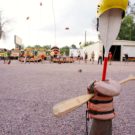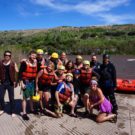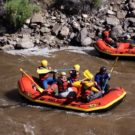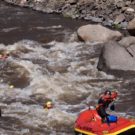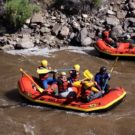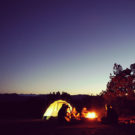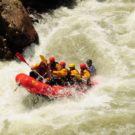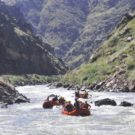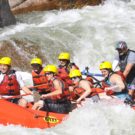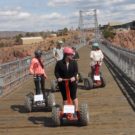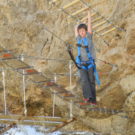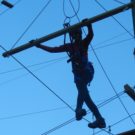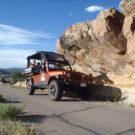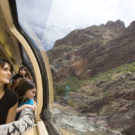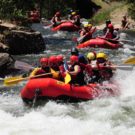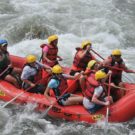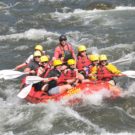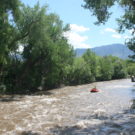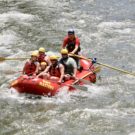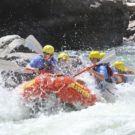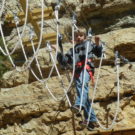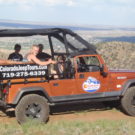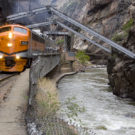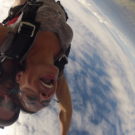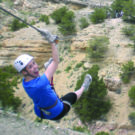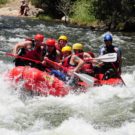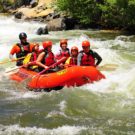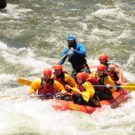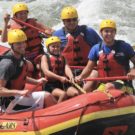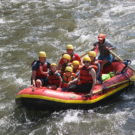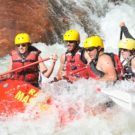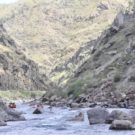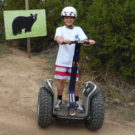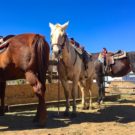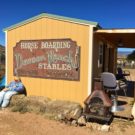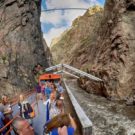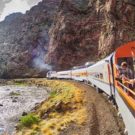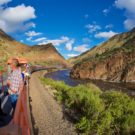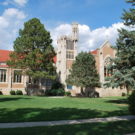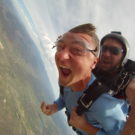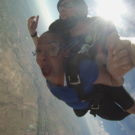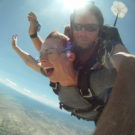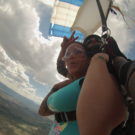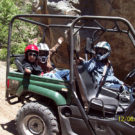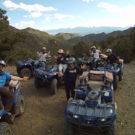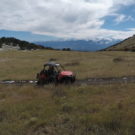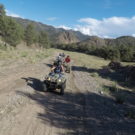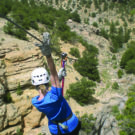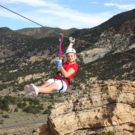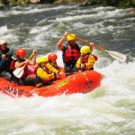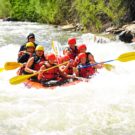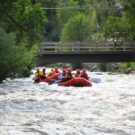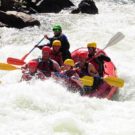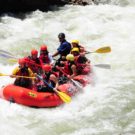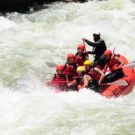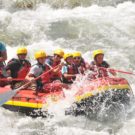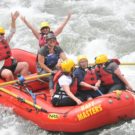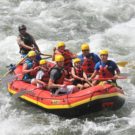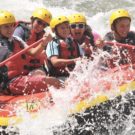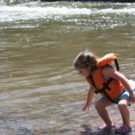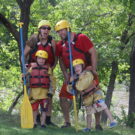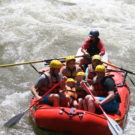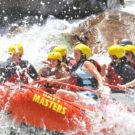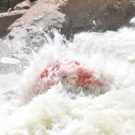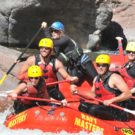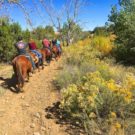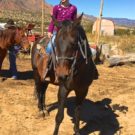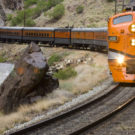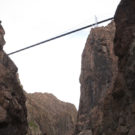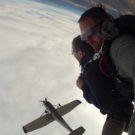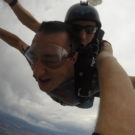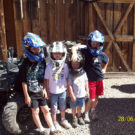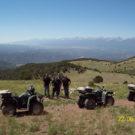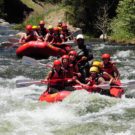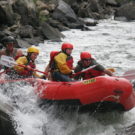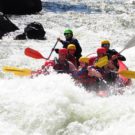Is Rafting Safe?
Outdoor recreation is more popular than ever. People of all ages are getting outdoors and experimenting with new activities, including white water rafting. Going white water rafting “Colorado style” can be an amazing experience. You may be wondering, is rafting safe? Is this something the whole family can enjoy? There are several reasons why rafting can be a safe and fun activity for people of all ages!
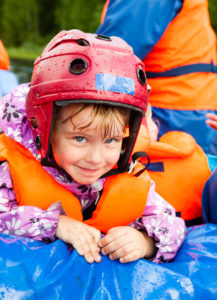
Guides Are Trained
Every company has guides that ride along with each group of rafters. Commercial guides are extensively trained and many have likely spent years river-rafting. Guides often have various advanced certifications and are all trained in First Aid and CPR. With trained guides in your raft that are prepared for multiple different situations, you and your family can be assured that you’re being taken care of while enjoying your rafting experience.
There Are Several Safety Precautions In Place
Before getting in the raft you should receive a detailed safety briefing covering the many dos and don’ts of whitewater rafting, and tell you how to react in a variety of situations that may happen. Everyone in your party will be wearing a life jacket, so if anyone would happen to fall out of the raft they will stay above water. Most rafting companies will also require rafters to wear helmets as well. These preliminary precautions help to make sure your rafting adventure is as safe and enjoyable as possible.
There Are Different Levels Of Rapids
When rafting in Colorado Springs, or almost anywhere, there will normally be different levels of rapids to choose from. You may be looking for an easy river to navigate or one that will provide a more intense experience. These levels are usually determined on what are called a “class” scale. The class system rates river levels and difficulty from I to VI.
- Class I – At this level the river is mostly flat water moving gently with small waves. This would be considered a ‘float trip’ requiring little-to-no skill.
- Class II – These are still considered easy rapids. At this level water is moving faster with small, easily maneuvered waves and possibly some splashing.
- Class III – At this level it is moderately difficult. There are numerous high and irregular waves, with rocks and eddies. The passages are clear but narrow and require experience to run. Great for families and beginners.
- Class IV – These are difficult rapids. These are long and powerful rapids with large waves and holes. There can be many obstacles and precise maneuvering is required. These are best for adventure seekers.
- Class V – Extremely difficult with long and violent rapids. Many obstructions, holes and waves requiring experienced guiding. This is for thrill seekers.
- Class VI – Extraordinarily difficult with constant threat of injury or death. Generally considered unrunnable for mere mortals. Definitely not recommended.
Most rivers have different sections with varying class-ratings. Because of the different classes and sections of rivers, each group can determine what type of river adventure would be best for them. You can choose your rafting experience based on the degree of intensity and know ahead of time what type of river journey to expect.
Statistically Rafting Is Extremely Safe
Of course there’s no guarantee that any activity is one hundred percent safe, but compared to other activities whitewater rafting is generally considered safe. Statistically, there are fewer fatalities each year for whitewater rafting than recreational swimming or even bicycling. If you’re choosing a reputable rafting company and following all prescribed guidelines, rafting can be a very safe and enjoyable activity.
As whitewater rafting continues to gain in popularity, more people are venturing out on the rivers. Whitewater rafting near Denver and Colorado Springs provides a variety of fantastic options. River rafting Colorado rivers can be a great adventure the entire family can take part in. If you’re interested in rafting near Colorado Springs, request our free planning kit.


